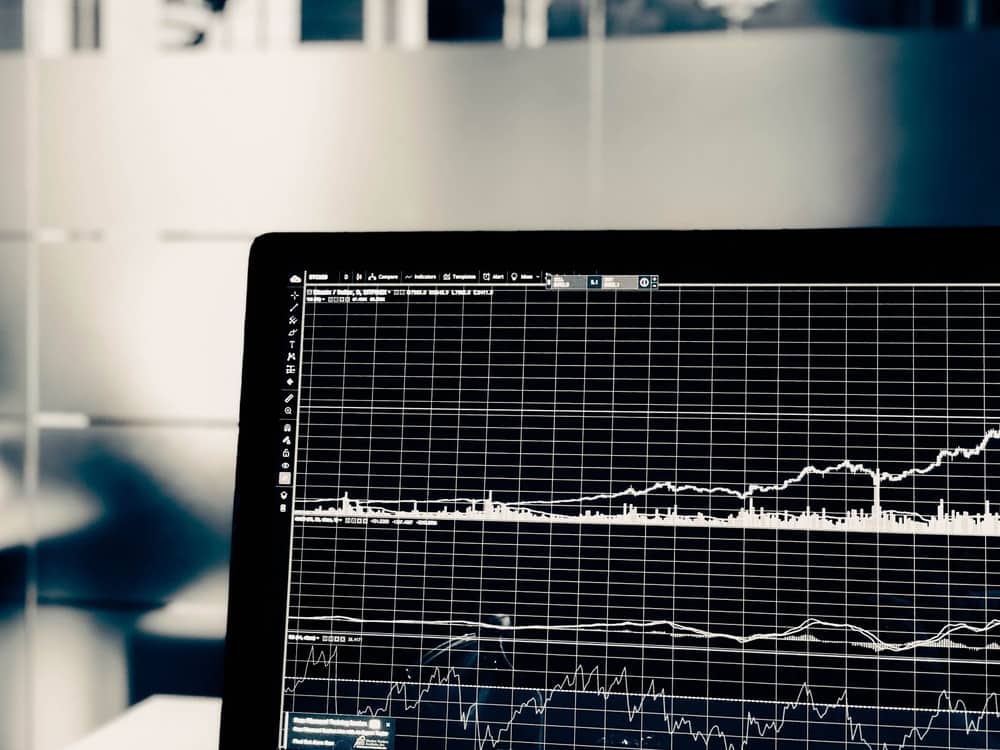What is Prescriptive Analytics?

How can you take all the data your business collects and use it for good? Data analytics offer a myriad of ways to transform numbers into actionable insights. From descriptive analytics, diagnostic analytics, predictive analytics and prescriptive analytics, data analysis methods are used to assess both the past and predict the future so that businesses can make the most informed and rational decisions to protect their best interests.
While descriptive analytics looks at actions that have already happened, predictive analytics helps inform what could happen across a set of potential decisions and their following outcome. This means that it provides your organisation with the ability to take advantage of future opportunities while mitigating risks by depicting the results of each decision before they happen. It moves predictive analytics to the next level by assessing the consequences of actions, therefore, providing the ability to decrease risk.
Prescriptive analytics is a relatively new form of data analytics that businesses are now quickly integrating into their business intelligence toolstack to take advantage of its offerings. As the final state of business analytics methods, prescriptive analytics is transforming how organisations function.
But, it is imperative to note that prescriptive analytics are based on assumptions, which means that businesses need to be strategic in determining accurate inputs if they want to receive actual outputs.

What is Prescriptive Analytics
As the name implies, prescriptive analytics prescribes the next best step or course of action for a business to take. It helps to determine the best outcome by utilising information gleaned from descriptive analytics (which answers what happened by using past data) and predictive analytics (which surmises what will happen based on forecasting and modelling).
With known parameters, prescriptive analytics not only can anticipate what will happen and when, but it also explains why it will happen. It can automatically improve prediction accuracy and inform the best next step because it can continually take in new data to re-predict and re-prescribe. As it functions, prescriptive analytics allows companies to assess several possible outcomes to answer “What should we do?” and provide advice.
How It Works
Grounded in statistics, prescriptive analytics utilises simulation algorithms, machine learning, business rules, computational modelling, neural networks and optimization to work. With different data sources, both historical and transactional, it works with big data and in real-time to best predict outcomes of decisions.
This means that before you make a risky decision, you can take a look at the possible outcomes and mitigate risk.
Benefits of Prescriptive Analytics for Businesses
Knowing what will happen before it happens is like having a superpower. With prescriptive analytics, organisations can take advantage of the following benefits:
- Helps make decisions for the future before decisions have to be made
- Can assist in mitigating risk
- Continuously processes new data to give better options
- Improve operations - optimise planning, reduce inefficiencies, etc.
- Optimise production
- Schedule inventory and optimise supply chain
These are all broad case benefits, but let’s dive deeper into some use cases, as they mainly relate to the financial industry.

Use Cases: Financial Industry
Here is a look at just a few ways that prescriptive analytics can help financial organisations optimise their future endeavours.
- Product Management: To offer innovative financial solutions for customers, banks and financial institutions can use prescriptive analytics to create the best product mix and loan offerings to meet clients’ needs.
- Decrease Processing Time: Financial exchanges and trading firms benefit significantly from quick processing times. As such, prescriptive analytics can help predict the best business practices to achieve optimal processing time before any changes are made or new technologies are adopted.
- Reduce Compliance Risk: Financial institutions are under strict regulations. For example, banks in the UK and America have to pass a “stress test” to comply with the Bank of England or Federal Reserve and remain in business. Some banks have instituted prescriptive analytics to simulate the stress test in advance and ensure its operations meet the standards.
Overall, prescriptive analytics can be used to mitigate risks naturally. Since risk is the unknown result of an action, prescriptive analytics gives you insight into what the result can be before taking a step. Therefore, organisations can reduce financial risk, compliance risk, market risk and more by utilising this form of big data analytics.
Predictive Analytics Vs. Prescriptive Analytics
Since both predictive and prescriptive analytics are used to determine what will happen in the future, they are easily confused. However, they serve different functions, albeit they are closely related.
Predictive analytics forecasts what could happen in the future. It uses decision analysis, predictive modelling and transactional profiling to predict opportunities and interpret risks. It can be used to maximise efficiency, as well as pinpoint potential issues and anomalies.
Prescriptive analytics, on the other hand, takes predictive analytics to the next level by suggesting a range of options and outcomes. While they work together, prescriptive analytics is powering revolutionary changes in the world. To illustrate, prescriptive analytics is behind autonomous driving as it is used to help the car decide when to slow down, speed up or make a turn.

Prescriptive Analytics is a CFO’s Secret Weapon
Prescriptive analytics determines what should happen next. For Chief Financial Officers, it moves them beyond balance sheets and income statements to be informed decision-makers that can dramatically shape a company’s future.
Before any action is taken, prescriptive analytics gives you the outcome to quantify a choice. It’s changing how businesses work because data once could only look to the past. But, now, technology has given rise to forward-looking, bold and accurate predictions that lead to improved performance and efficiencies.
With the rise of such tools, businesses are taking a must adopt approach rather than seeing big data analytics as extra work. Working with descriptive, predictive and diagnostic analytics, a company can incorporate prescriptive analytics to have a complete overview of what has happened, why it happened, what could happen and the outcomes of each probable situation.
Garner predicted that the industry of prescriptive analytics alone would reach $1.1 billion in 2019. Although the percentage of businesses currently using predictive analytics is much higher than those using prescriptive, the adoption rate is high because of its benefits and the increasing ability and decreasing cost of mass data storage.
FAQ
Intelligent reconciliation solution
Intelligent rebate management solution
Intelligent financial automation solution
Intelligent Financial Automation Solution
Intelligent financial automation solution
Intelligent financial automation solution
Intelligent financial automation solution
Intelligent financial automation solution
Intelligent regulatory reporting solution
Free up time and reduce errors
Recommended for you

Request a Demo
Book a 30-minute call to see how our intelligent software can give you more insights and control over your data and reporting.

Reconciliation Data Sheet
Download our data sheet to learn how to automate your reconciliations for increased accuracy, speed and control.

Regulatory Reporting Data Sheet
Download our data sheet to learn how you can prepare, validate and submit regulatory returns 10x faster with automation.

Financial Automation Data Sheet
Download our data sheet to learn how you can run your processes up to 100x faster and with 98% fewer errors.

Financial Automation Data Sheet
Download our data sheet to learn how you can run your processes up to 100x faster and with 98% fewer errors.

Financial Automation Data Sheet
Download our data sheet to learn how you can run your processes up to 100x faster and with 98% fewer errors.

Financial Automation Data Sheet
Download our data sheet to learn how you can run your processes up to 100x faster and with 98% fewer errors.

Financial Automation Data Sheet
Download our data sheet to learn how you can run your processes up to 100x faster and with 98% fewer errors.

Financial Automation Data Sheet
Download our data sheet to learn how you can run your processes up to 100x faster and with 98% fewer errors.

Rebate Management Data Sheet
Download our data sheet to learn how you can manage complex vendor and customer rebates and commission reporting at scale.

Top 10 Automation Challenges for CFOs
Learn how you can avoid and overcome the biggest challenges facing CFOs who want to automate.
.svg)



